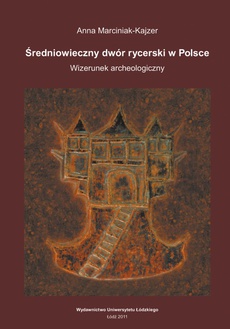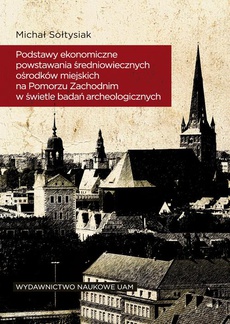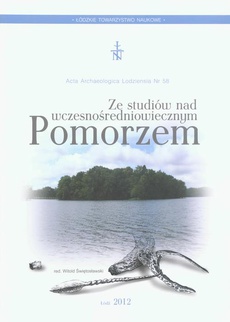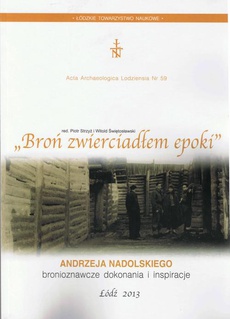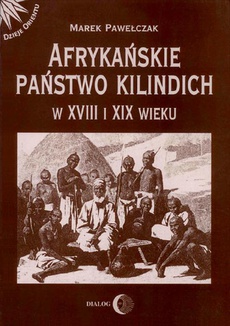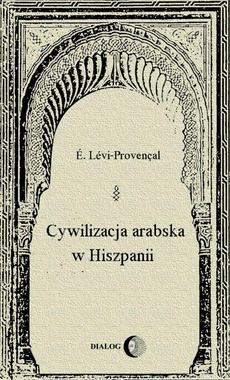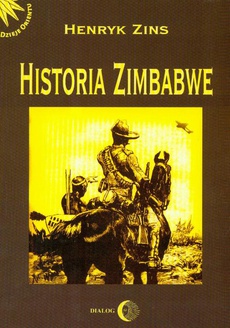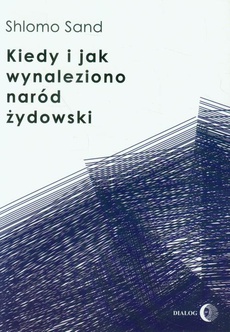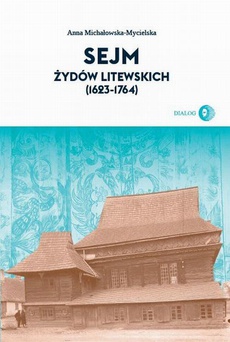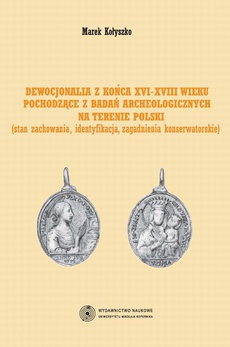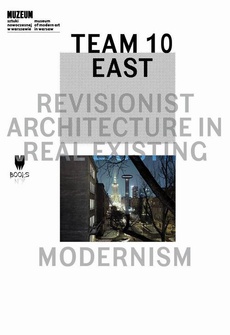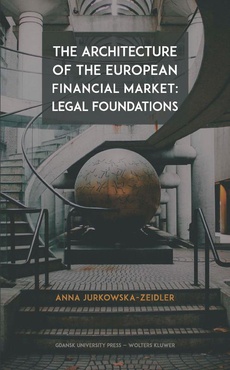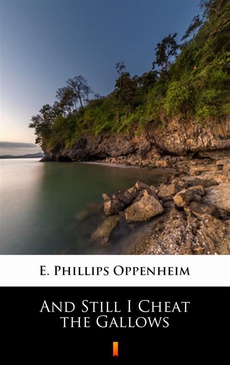POLECAMY
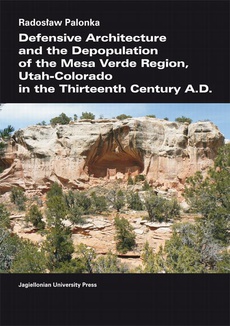
Defensive Architecture and the Depopulation of the Mesa Verde Region, Utah-Colorado in the Thirteenth Century A.D.
Autor:
Format:
ibuk
e-ISBN: 978-83-233-8493-9
Thirteenth century A.D. was a time of many changes and reorganization in the ancient Pueblo world in the Mesa Verde region. Still unresolved are the causes of the migration of Pueblo people from the Mesa Verde region to the south and southeast in the end of the century. The theories most cited and most supported by scientific data include environmental changes, increasing conflict and violence, social changes, and the attraction of a new cult or ideologies from the south. However, it seems that none of these theories can fully explain the total depopulation of the region. One reason often cited for the depopulation of the area is increasing conflict and violence. Evidence of conflict is clearly visible archaeologically: sites located in places difficult to access; defensive buildings, and settlement layouts; human remains with evidence of a violent death; and rock art depicting violent interactions. During the thirteenth century A.D. many types of defensive architecture including towers, underground tunnels connecting structures in a settlement, loopholes, and massive stone walls that partly or fully enclosed villages were constructed in the central Mesa Verde region. These architectural changes were associated with population aggregation and relocation; during the thirteenth century, most people probably lived in large settlements situated such that they were difficult to access and easy to defend. In many villages, water sources were secured within the boundary of the settlement or were at least nearby. However, it is difficult to determine whether the defensive architecture and defensible locations were not enough of an obstacle against possible attackers as Pueblo Indians emigrated from the Mesa Verde region near the end of the thirteenth century A.D. into what are now northern and central Arizona and New Mexico.
| Rok wydania | 2011 |
|---|---|
| Liczba stron | 240 |
| Kategoria | Archeologia |
| Wydawca | Wydawnictwo Uniwersytetu Jagiellońskiego |
| ISBN-13 | 978-83-233-3184-1 |
| Numer wydania | 1 |
| Język publikacji | polski |
| Informacja o sprzedawcy | ePWN sp. z o.o. |
Ciekawe propozycje
Spis treści
| LIST OF FIGURES | 10 |
| ACKNOWLEDGMENTS | 13 |
| CHAPTER I: Introduction | 15 |
| CHAPTER II: Mesa Verde region – definition, natural environment history and methodology of research | 19 |
| II.1. Defi nition and borders of the central Mesa Verde region | 19 |
| II.2. Natural environment | 21 |
| II.3. History and methodology of research | 25 |
| II.4. Pueblo culture in the Mesa Verde region and beyond – An outline | 32 |
| CHAPTER III: Defi ning and interpreting defensive architecture | 38 |
| III.1. Theory and different views on defensive architecture in non-state societies | 38 |
| III.1.1. Defensive architecture as a response to threat | 40 |
| III.1.2. Defensive architecture as evidence of social changes and economic power | 42 |
| III.2. Defi ning Mesa Verdean defensive architecture | 43 |
| III.3. Examples of defensive architecture in different non-state societies | 45 |
| III.3.1. Defensive sites in other parts of the Southwest | 45 |
| III.3.1.a. West-Central Colorado | 45 |
| III.3.1.b. Kayenta region, northeastern Arizona | 46 |
| III.3.1.c. Perry Mesa, central Arizona | 46 |
| III.3.1.d. New Mexico | 47 |
| III.3.1.e. Sites on the US-Mexico borderland | 48 |
| III.3.1.f. Apache breastworks and Navajo Pueblitos of New Mexico | 49 |
| III.3.2. Defensive architecture in other parts of North America | 50 |
| III.3.3. Defensive sites in prehistoric and early historic central-eastern and southern Europe | 51 |
| III.3.3.a. Neolithic, Bronze Age and Early Iron Age strongholds and defensive sites | 51 |
| III.3.3.b. Early Medieval defensive sites | 54 |
| CHAPTER IV: Ethnography, ethnohistory, and Native American oral traditions concerning defensive architecture and confl icts in the Southwest | 57 |
| IV.1. Ethnohistoric records | 58 |
| IV.1.1. Location of sites | 60 |
| IV.1.2. Evidence of defensive architecture | 62 |
| IV.1.3. Information on confl icts and warfare | 63 |
| IV.2. Ethnography | 64 |
| IV.2.1. Location of sites | 65 |
| IV.2.2. Evidence of defensive architecture | 66 |
| IV.2.3. Information on confl icts and warfare | 67 |
| IV.3. Oral traditions | 68 |
| IV.3.1. Location of sites | 69 |
| IV.3.2. Evidence of defensive architecture | 70 |
| IV.3.3. Information on confl icts and warfare | 70 |
| IV.3.4. Migrations and depopulation of the Mesa Verde region | 73 |
| CHAPTER V: Analysis of the central Mesa Verde region architecture in the thirteenth century A.D. | 75 |
| V.1. Analysis of large sites and community centers in the central Mesa Verde region | 75 |
| V.1.1. Mesa Verde Proper (Mesa Verde National Park): Chapin Mesa | 77 |
| V.1.1.a. Site 5MV615 (Balcony House) | 77 |
| V.1.1.b. Site 5MV625 (Cliff Palace) | 83 |
| V.1.1.c. Site 5MV640 (Spruce Tree House) | 92 |
| V.1.1.d. Site 5MV650 (Square Tower House) | 98 |
| V.1.2. Mesa Verde Proper (Mesa Verde National Park): Wetherill Mesa | 103 |
| V.1.2.a. Site 5MV1200 (Long House) | 103 |
| V.1.2.b. Site 5MV1229 (Mug House) | 109 |
| V.1.3. McElmo-Monument | 115 |
| V.1.3.a. Site 5MT5006 (Yucca House) | 115 |
| V.1.3.b. Site 5MT765 (Sand Canyon Pueblo) | 119 |
| V.1.3.c. Site 5MT604 (Goodman Point Pueblo) | 125 |
| V.1.3.d. Site 5MT5 (Yellow Jacket Pueblo) | 130 |
| V.1.3.e. Site 5MT11842 (Woods Canyon Pueblo) | 135 |
| V.1.3.f. Site 5MT1000 (Seven Towers Pueblo) | 140 |
| V.1.3.g. Site 5MT338 (Cannonball Ruin) | 142 |
| V.1.3.h. Sites M-1, M-2, M-3 (Moon House) | 147 |
| V.2. Analysis of sites in Lower Sand Canyon locality (Castle Rock Community) | 150 |
| V.2.1. Site 5MT1825 (Castle Rock Pueblo) | 150 |
| V.2.2. Small sites in Lower Sand Canyon locality | 156 |
| CHAPTER VI: Summary and conclusions | 163 |
| VI.1. Location of sites and their accessibility | 163 |
| VI.2. Defensive architecture and site layout | 166 |
| VI.2.1. Walls | 167 |
| VI.2.2. Towers | 170 |
| VI.2.3. Loopholes | 172 |
| VI.2.4. Underground tunnels | 173 |
| VI.3. Access to water | 174 |
| VI.4. Settlement pattern in the Castle Rock Community | 176 |
| VI.5. Who were the attackers? | 179 |
| VI.6. Implications of defensive architecture for the depopulation of the Mesa Verde region | 181 |
| REFERENCES | 185 |
| PHOTOGRAPHS | 211 |

